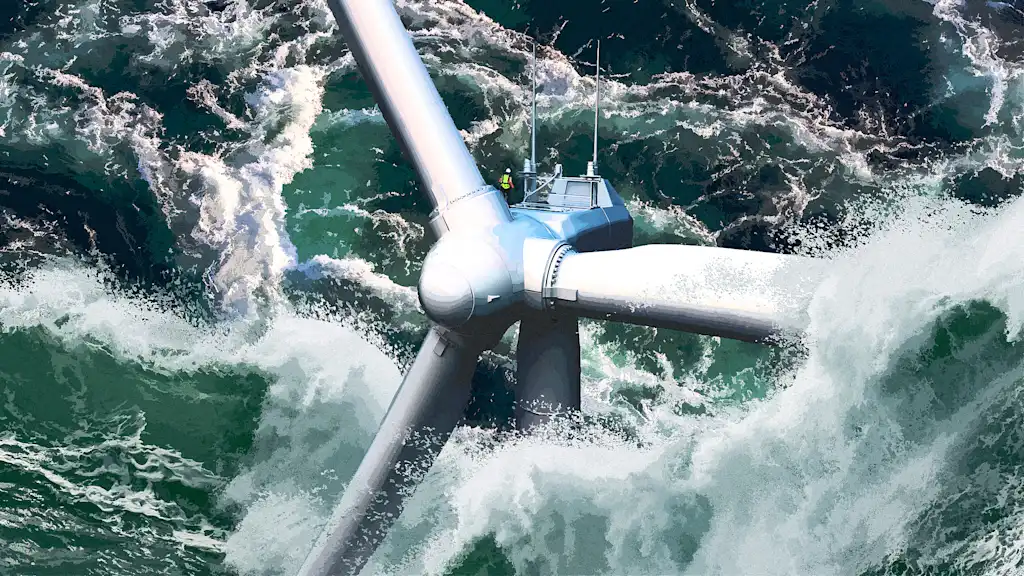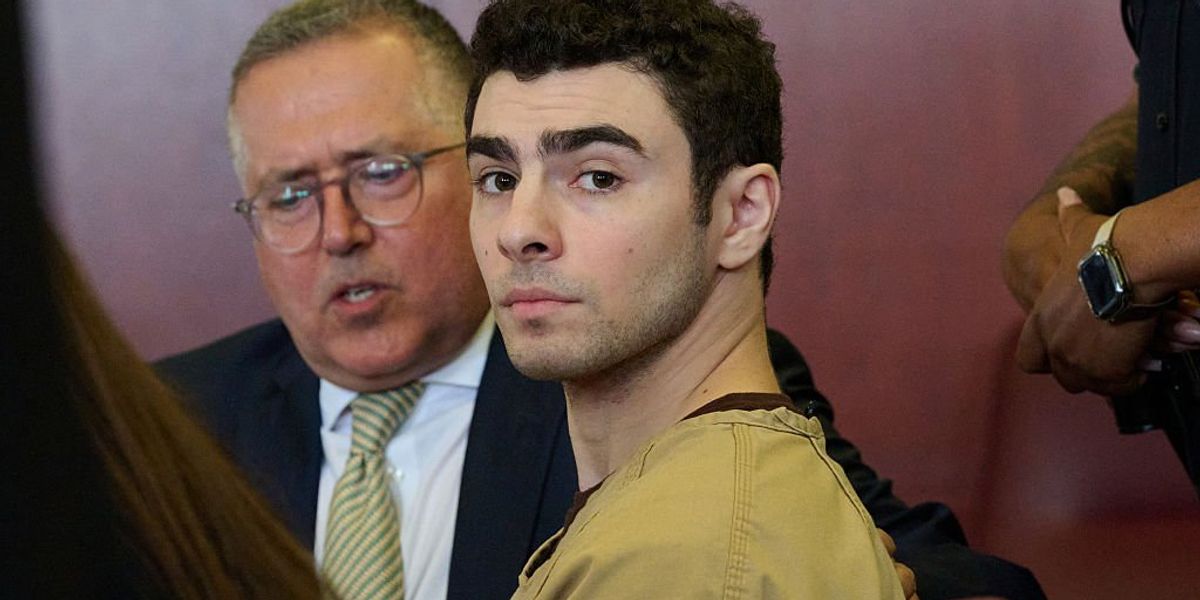
For the last 17 months, Antonio Gianfrancesco has been working on the Revolution Wind project off the coast of Rhode Island—a sprawling wind farm that was designed to have 65 turbines and generate enough power for 350,000 homes.
On August 22, Gianfrancesco was at home when he was awakened by a phone call. “It was my coworker, who said that they had randomly stopped the Revolution project,” he says. “Honestly, I was pretty shocked about it. It came out of nowhere. And I was pretty uneasy because I didn’t know if I was going to have a job in a week—and I still don’t know if I’m going to have a job in a day or a month. Everything’s up in the air.”
The stop-work order came from the Trump administration, which cited unspecified “national security concerns” and told Ørsted, the Danish co-developer running the project, to pause everything. (A national security expert and former naval officer says that security concerns were already well vetted by the Department of Defense and others before the project was approved, and he points out that energy security is also a critical part of national security.)
Trump has opposed the wind industry ever since he failed to stop a wind farm near one of his golf courses in Scotland in 2006. After reportedly promising fossil fuel executives last year that he would deliver their policy wish list if they donated $1 billion to his presidential campaign, Trump stepped up attacks on renewable energy after taking office. (Fossil fuel companies didn’t give $1 billion, but donated $450 million to influence Trump and Congress, according to one report.)
Subscribe to the Daily newsletter.Fast Company’s trending stories delivered to you every day
Privacy Policy
|
Fast Company Newsletters
When he took office in January, Trump issued an executive order to stop new leasing for wind projects and fast-track oil and gas production on federal land. In April, he issued a stop-work order on the Empire Wind 1 offshore wind farm in New York, though he backed down after advocacy efforts from New York politicians and labor unions. In July, the One Big Beautiful Bill Act ended tax credits for new renewable energy projects that start construction after July 2026; it also added new restrictions on foreign parts that will make it harder for projects to qualify. (Another executive order called for agencies to tighten the definition of what it means to “start construction.”)
Trump also said federal waters would no longer be eligible for offshore wind development. This month, Trump told agencies to step up attacks against the wind industry. Robert F. Kennedy Jr. said that the Health and Human Services Department would be studying electromagnetic fields from wind farms, although previous studies have not found any health risks. Transportation Secretary Sean Duffy pulled $679 million in funding for infrastructure to support offshore wind power.
All of this is happening while Trump argues that there is an energy emergency—and wind projects like Revolution Wind were poised to begin providing power.
For the workers, it’s baffling. Revolution Wind is 80% complete. It could have been finished as soon as December and be powering the grid by next year, if everything had continued on schedule. Residents would have saved money on electric bills. After around two years of construction work on the project, Gianfrancesco says, “It’s kind of a slap in the face.”
Gianfrancesco, like hundreds of other workers on the project, went through hours of training to do specialized work on the project. His role, as a “balance of power” technician, includes safety inspections of anchor points, basic repairs, and other work on the massive 873-foot-tall turbines. Prior to his specialized training, he worked on building the concrete platforms that support the wind turbines.
Until the project was frozen, workers rotated in weeks-long shifts on a large vessel 15 miles offshore. Gianfrancesco would work long hours for two weeks, and then have two weeks off. (Others spent even longer periods on the ship, in six-week shifts.) He happened to be on land when the work stopped, but some of his coworkers were stuck on board, unable to do anything but wait. “Some of the guys go to the gym four times a day,” one worker told The Wall Street Journal.
advertisement
When we spoke, Gianfrancesco was temporarily offshore again at Sunrise Wind, another Ørsted project off the coast of Long Island. But because that project is at a much earlier stage, there’s little to do. “A lot of people are just sitting out here,” he says. “There’s no progress.”
Ørsted sued the government on September 4, arguing that the stop-work order was illegal. The states of Rhode Island and Connecticut, which would both get electricity from the project, joined the suit. “This kind of erratic and reckless governing is blatantly illegal, and we’re suing to stop it,” Connecticut Attorney General William Tong said in a statement.
Meanwhile, more than 1,000 workers are in limbo—from union carpenters to electricians. If there are layoffs, “I’m not sure if I would be able to pay the rent,” Gianfrancesco says. “Other people here support their families. I support my sisters. The fact that it’s all up in the air is a strange feeling.
“There were so many trainings that I had to do in the course of two years to be out here,” he adds. “It just feels like it’s all for nothing, especially since 80% of the project is done. And I was proud to be working on Revolution. It’s in the name—it’s revolutionary.”
The project would have been only the fourth offshore wind farm in the U.S., and the largest one by far.



